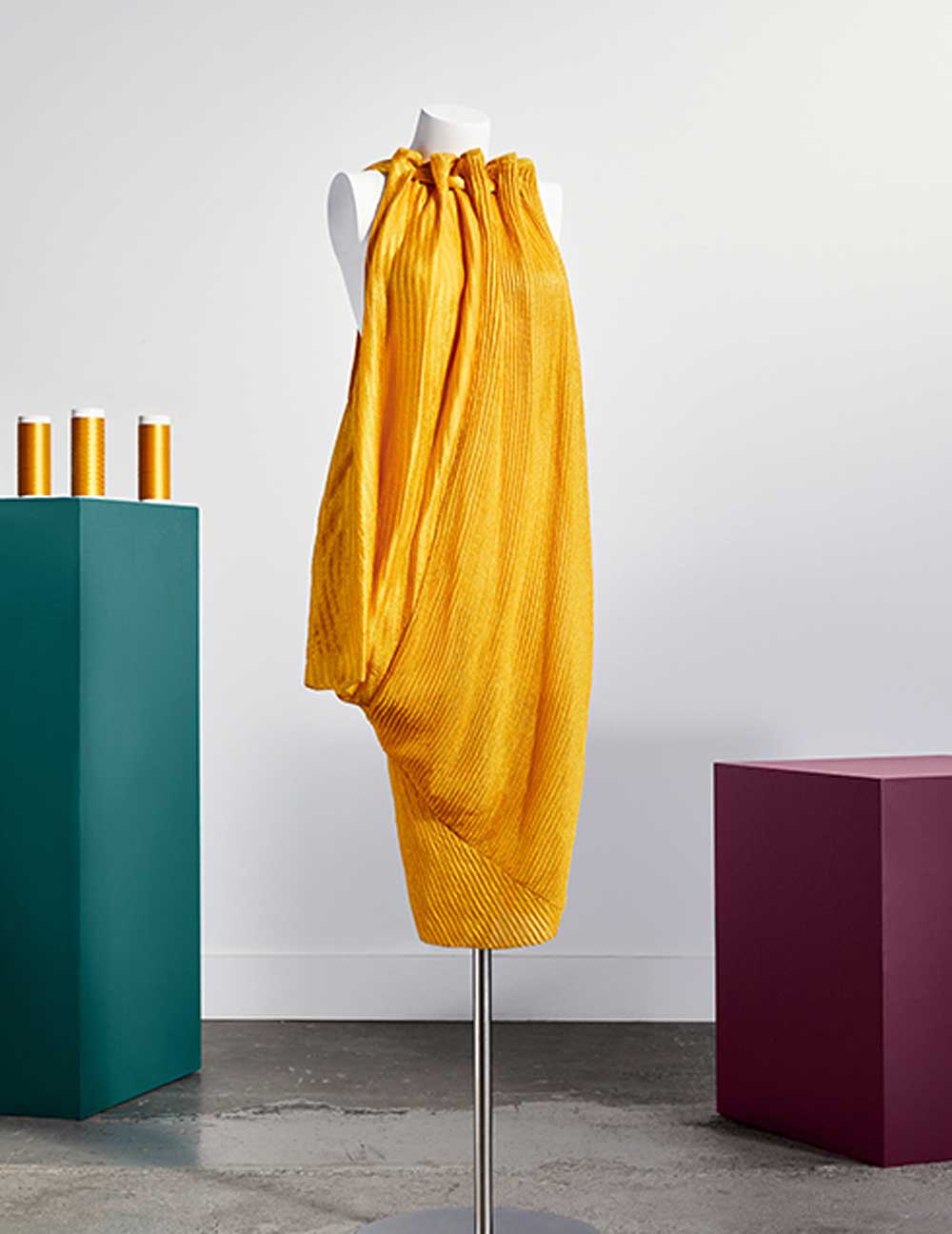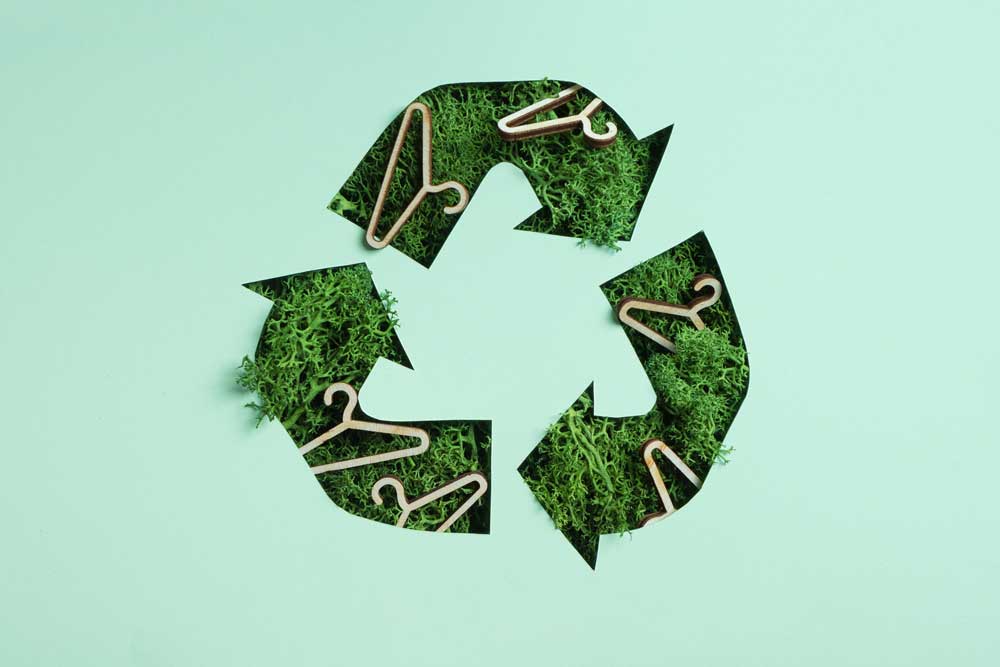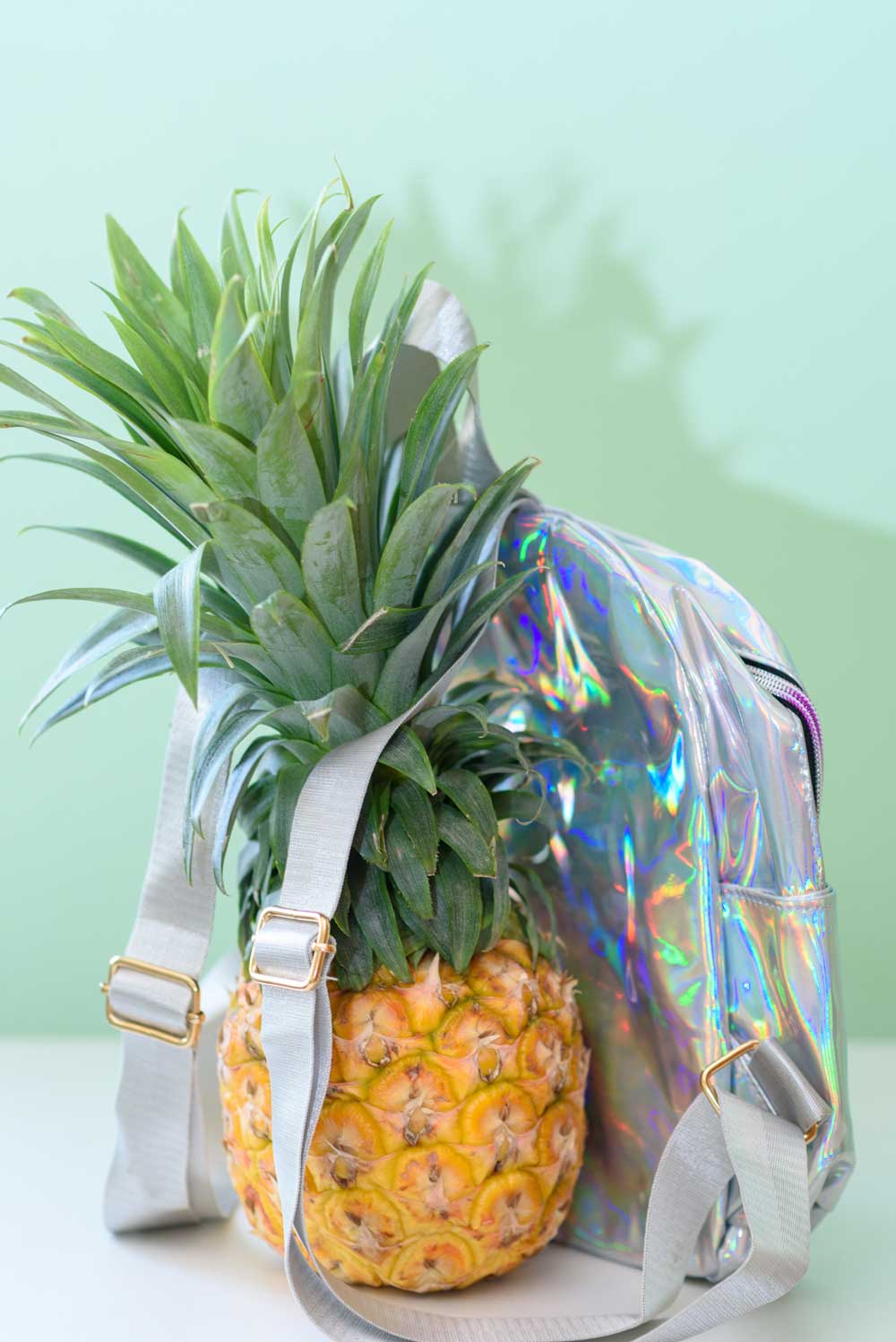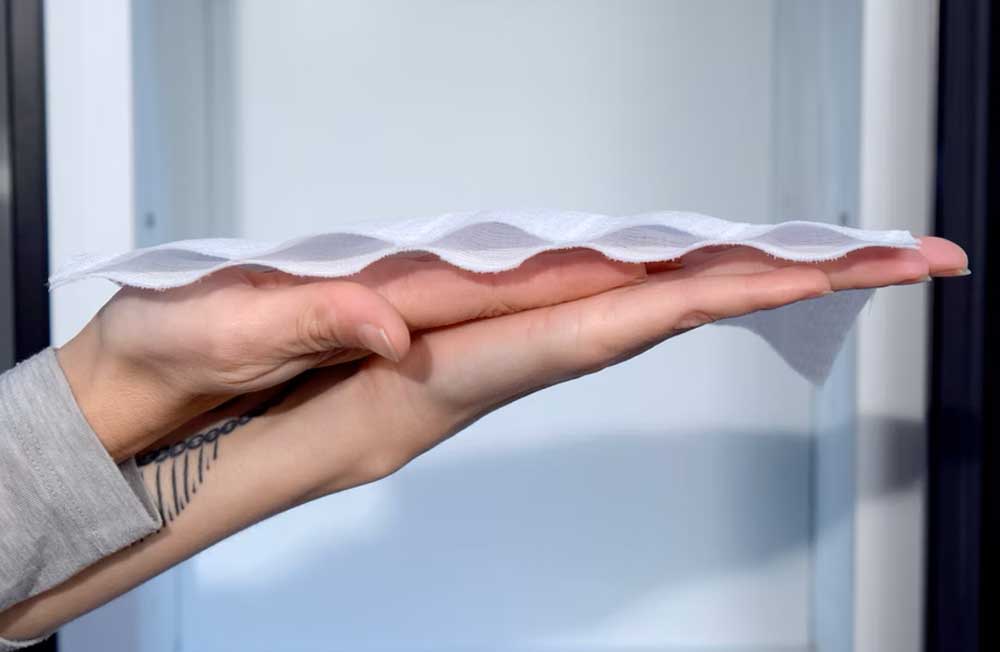The future of fashion is green, and sustainable fabrics are leading the charge. As the industry confronts the environmental impact of fast fashion, innovative textiles are emerging to meet the demand for eco-friendly, ethical, and high-performing alternatives. Here’s a look at the fabrics set to transform fashion in 2025 and why they matter.
The Importance of Sustainable Fabrics in Fashion’s Future
Sustainable fabrics are more than a trend; they’re a necessity. The textile industry contributes significantly to global pollution, with synthetic fibres and wasteful production methods exacerbating the problem. Embracing innovative materials that minimise harm and restore ecosystems is critical to building a future-ready, responsible fashion landscape.
Key Sustainable Fabrics for 2025
Lab-Grown Textiles: A Revolution in Cruelty-Free Luxury
Lab-grown textiles are reshaping how we think about fabric creation, offering innovative solutions that bypass traditional farming or extraction methods. For instance, bio-fabricated silk, developed by companies like Bolt Threads, is produced through a fermentation process involving yeast, water, and sugar. This method creates a material that mimics the luxurious feel and strength of traditional silk without the need for silkworm farming. Other examples include lab-grown wool alternatives, which replicate the insulating properties of wool while eliminating the need for sheep rearing. These cutting-edge materials are lightweight, durable, and cruelty-free, making them ideal for modern, conscious fashion.

Image Source: Stella McCartney
Recycled Materials: Giving Waste a Second Life
Recycling has taken centre stage in fabric innovation. From PET bottles to old garments, waste is being transformed into high-quality fabrics. Brands like Adidas and Patagonia have popularised recycled polyester, while Indian labels like Doodlage creatively upcycle discarded textiles into chic designs. This approach not only reduces landfill waste but also cuts down on the demand for virgin resources.

Image used for representational purposes only.
Regenerative Fibres: Healing the Planet Through Fashion
Materials like organic cotton, hemp, and wool sourced from regenerative agriculture are gaining traction. Regenerative farming goes beyond sustainability—it restores soil health and biodiversity. Indian labels such as No Nasties have championed organic cotton in their collections, combining traditional aesthetics with eco-conscious materials.

Image used for representational purposes only.
Plant-Based Innovations: Nature as a Design Muse
Fabrics made from pineapple leaves (Piñatex), banana fibres, and algae are redefining plant-based fashion. Piñatex, a leather alternative derived from pineapple leaf fibres, is being used by brands like Hugo Boss. Banana fibres, long prized in India, are finding new uses in contemporary fashion. Additionally, algae-derived textiles, which are lightweight and biodegradable, are making their debut in activewear and accessories.

Image used for representational purposes only.
Climate-Responsive Materials: Textiles for All Seasons
Adaptive textiles that respond to changes in temperature and humidity are the next frontier. These materials, developed using nanotechnology, are designed to provide insulation when it’s cold and breathability when it’s hot. Startups like Skyscrape are leading the charge with innovations that combine comfort with energy efficiency, reducing reliance on artificial heating or cooling.

Image Source: Syscrape
Why These Fabrics Matter
These cutting-edge fabrics address some of the biggest challenges in fashion: reducing carbon footprints, eliminating waste, and protecting biodiversity. By embracing these materials, the industry can mitigate its environmental impact while offering consumers high-quality, stylish alternatives.
The Future of Sustainable Fabrics
As 2025 approaches, these textiles promise to redefine fashion. They showcase the potential for creativity, innovation, and ethics to coexist, paving the way for a greener, more responsible industry. Whether it’s lab-grown leather or regenerative fibres, these materials are more than a trend—they’re a commitment to a better future for fashion and the planet.